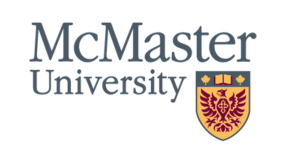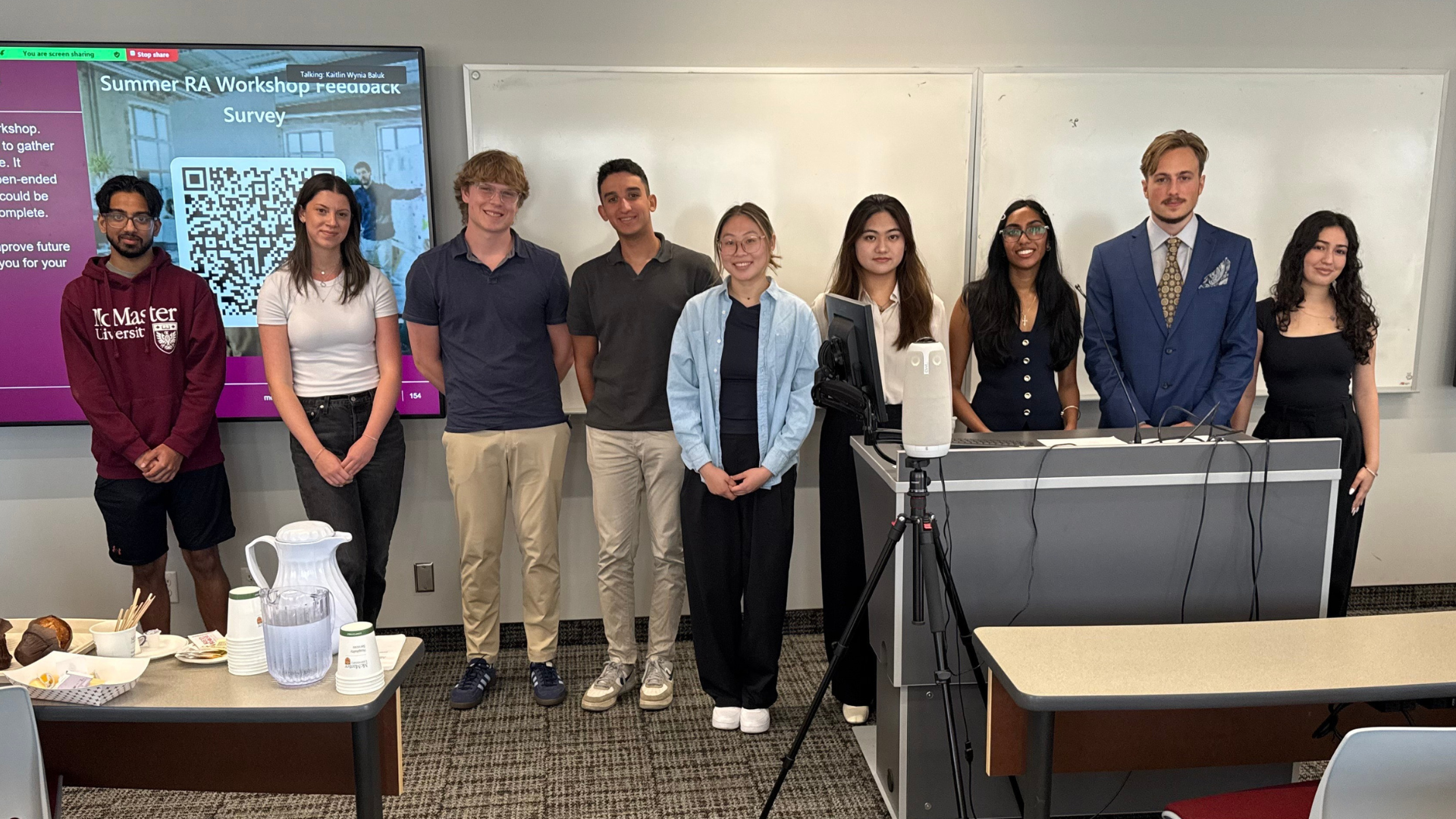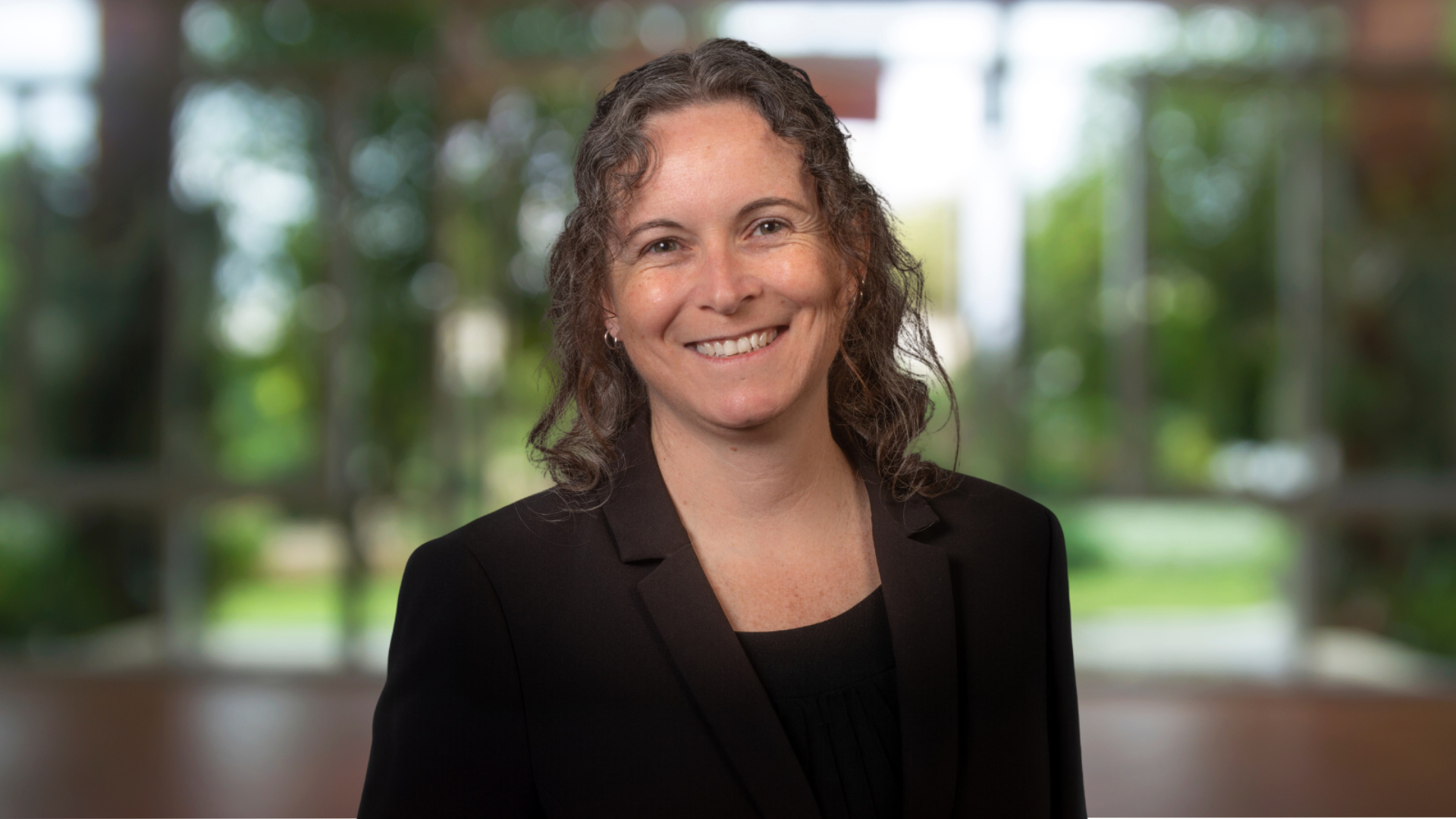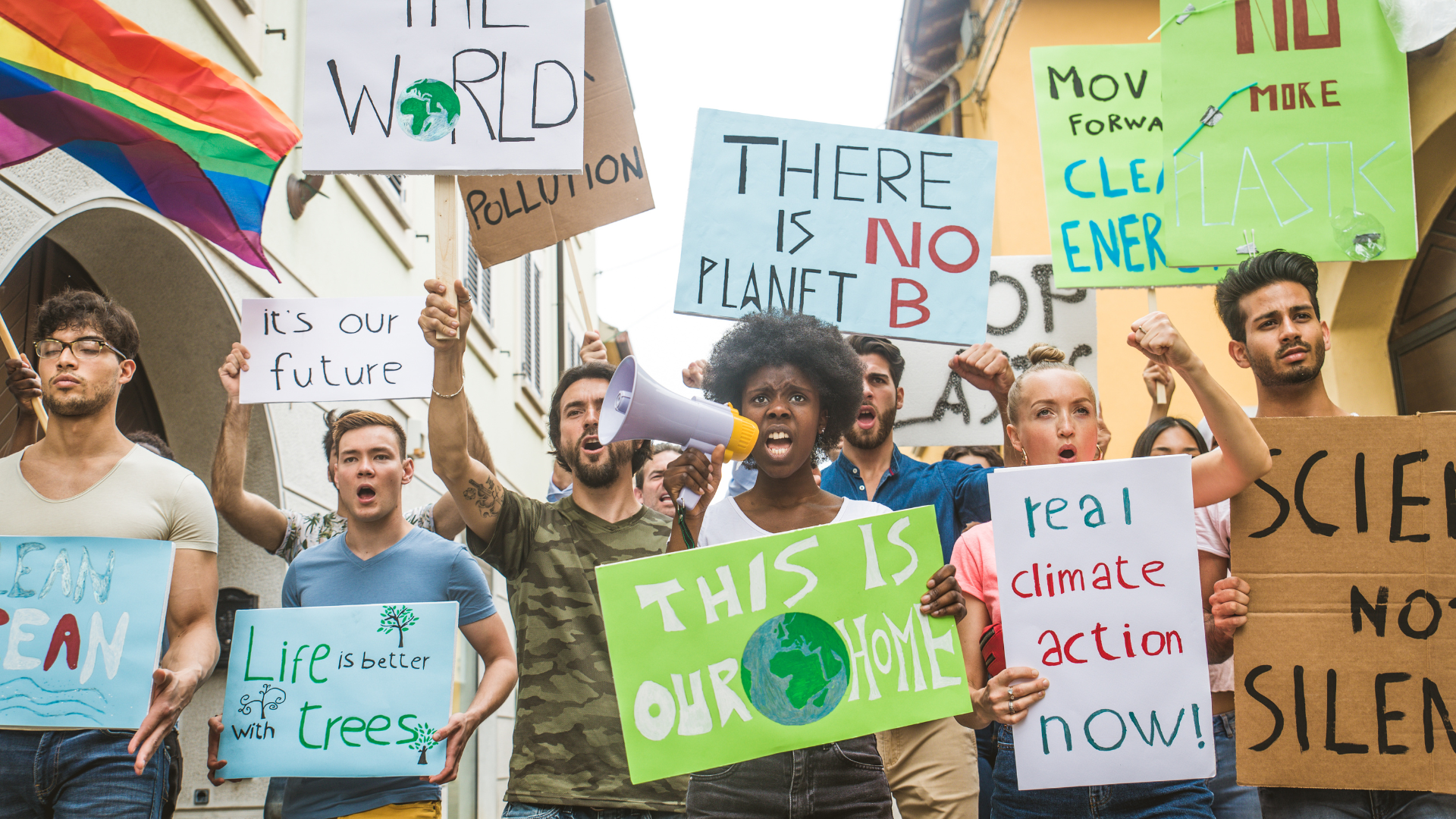Risk of a second wave of COVID-19 infections
August 7, 2020 ·
Contributed by: Sash Vaid, Assistant Professor, Marketing
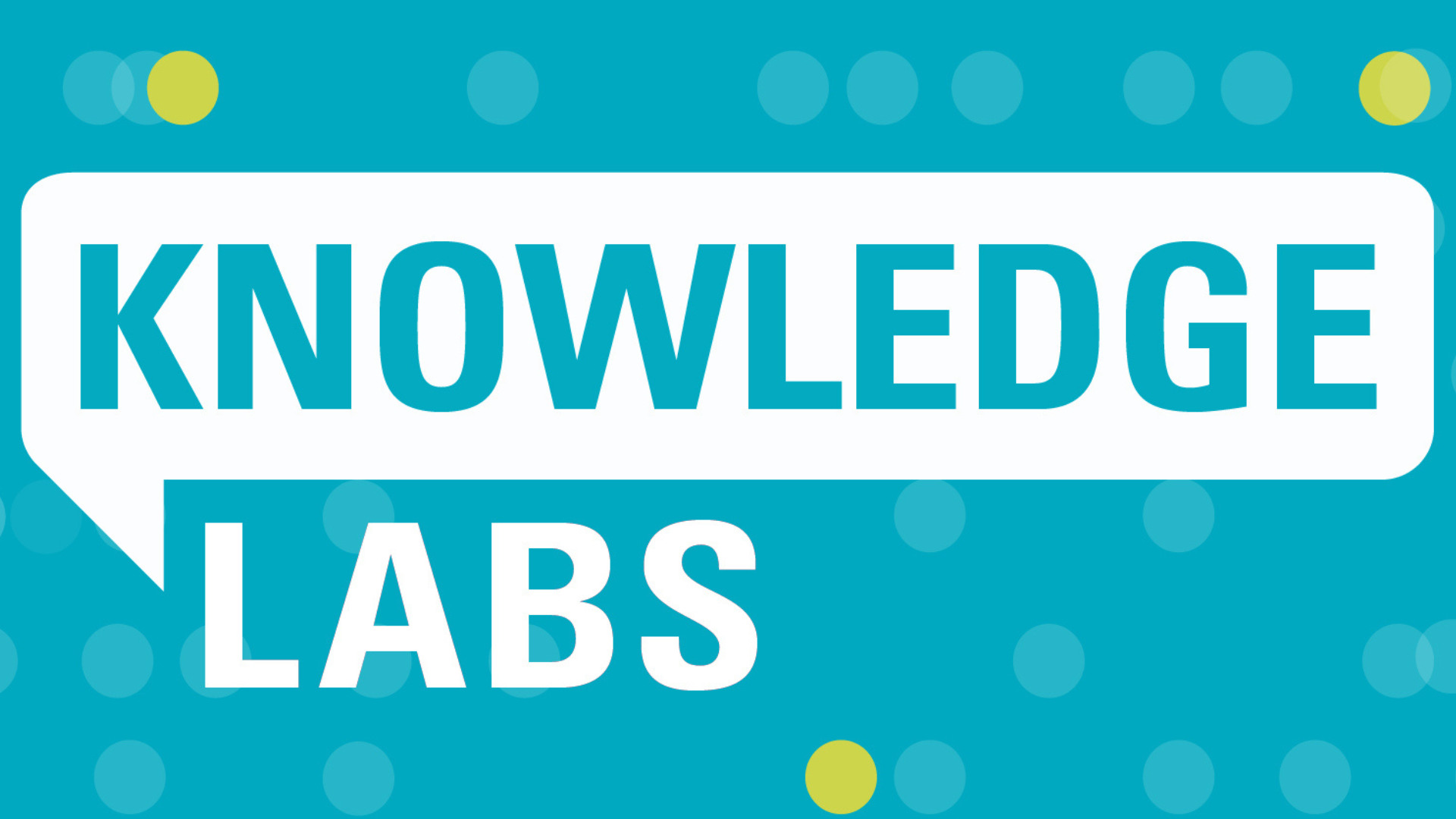
Accurately forecasting the occurrence of future COVID-19-related cases across relaxed (Sweden) and stringent (USA and Canada) policy contexts has a renewed sense of urgency. Moreover, there is a need for a multidimensional county-level approach to monitoring the second wave of COVID-19 in the USA.
Researchers Sash Vaid, Aaron McAdie, Ran Kremer, Vikas Khanduja, and Mohit Bhandari used an artificial intelligence framework based on a timeline of policy interventions that triangulated results based on the three approaches—Bayesian susceptible-infected-recovered (SIR), Kalman filter, and machine learning.
Their study has made some headway in understanding the implications of COVID-19 policy interventions. Though they did not study the impact of individual policies, they accounted for the timelines of governmental interventions that cluster various policies related to COVID-19. They show that the fall in the significant growth rate of COVID-19 infections was sharper in the USA and Canada cases that actioned stringent policies but were more gradual in Sweden that actioned a more relaxed policy. The study exhorts policymakers to take these results into account as they consider the implications of relaxing lockdown measures.
